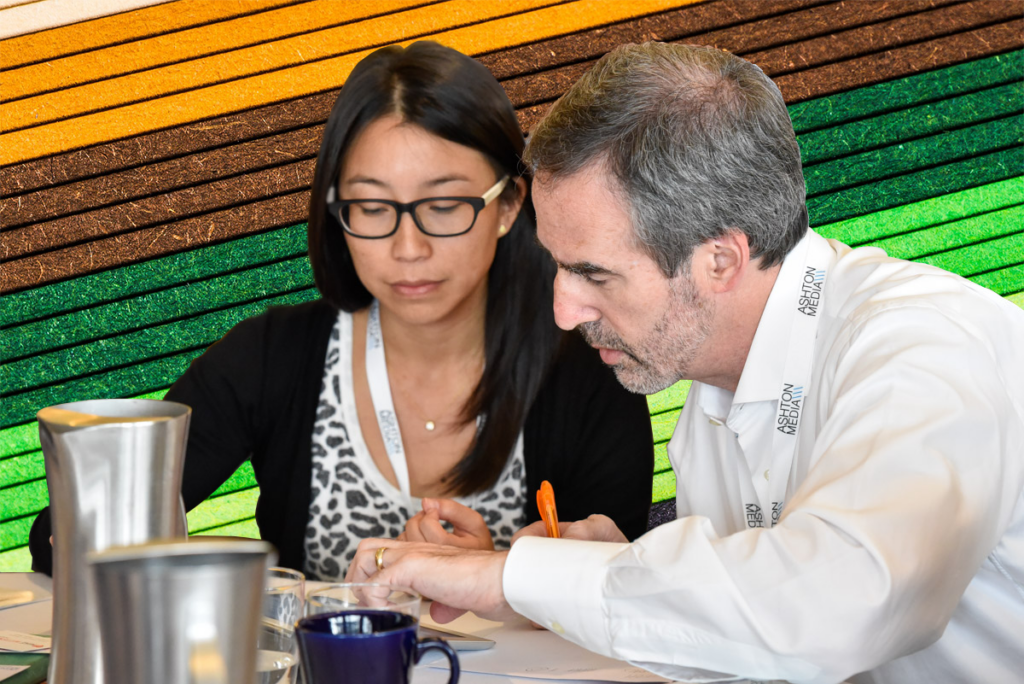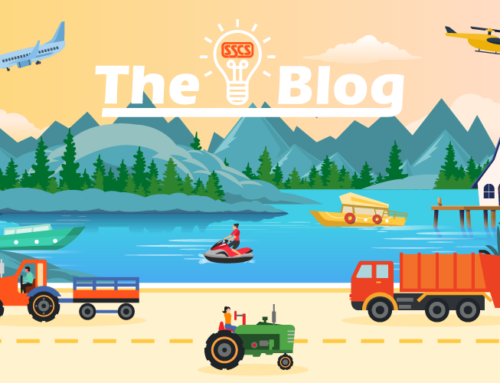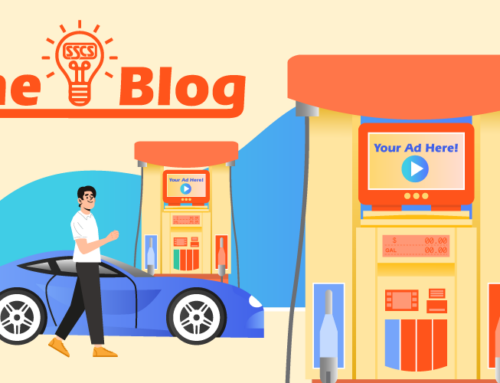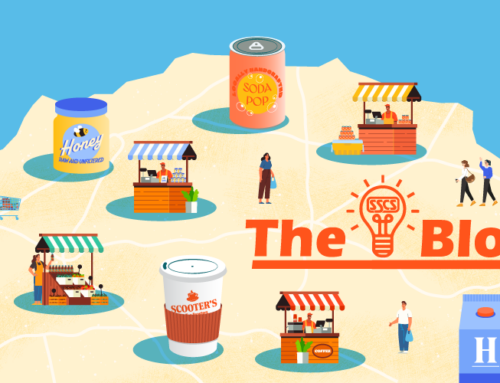Mike Wittenstein Part 3
Lasting growth in the convenience store space results from satisfying desires the consumer didn’t expect to be fulfilled there.
Mike Wittenstein, founder and managing partner at Storyminers in Atlanta, is a customer experience designer and consultant, which means he helps retail and service firm leadership improve the experiences of their customers. You can read all about what he has to offer as a speaker and consultant at http://mikewittenstein.com/.
In Part One of this interview, Mike described customer experience design and its importance. Please read it first if you haven’t already.
In Part Two we discussed why a one-size fits all approach doesn’t work for customer experience design along with other common misconceptions surrounding the concept. Mike also shed light on the mindset needed by management and staff when overhauling an approach to customer design and talked about the preparation necessary to do so.
Today we’ll finish up with him by covering the implementation of a customer experience design initiative, including tips to make sure the transformation is successful. We’ll close with a summary of the program’s benefits to the store.
SSCS: Last week we talked about the mindset store leadership needed when preparing for a successful customer experience design initiative. What about when the rubber hits the road and implementation begins?
Mike Wittenstein: Approaches vary depending upon the size of the operation.
Large multi-site operations likely have access to performance metrics and a voice of the customer system
[metrics that measure customer experience progress]. That means the organization probably knows some interesting attributes about its locations including net promoter scores [how likely it is that customers would recommend a store to others weighed on a scale from 0–10].
In addition, the large enterprise has the luxury of chatting with area managers or higher to find out the areas in which they want to realize gains. When these discussions take place, participants should focus on ideas that contain measurable value to the customer, but are delivered in a way that ensures success from an operational and financial standpoint. If concepts meeting these criteria aren’t worked out first at the individual store level, the negative effects will worsen as they are scaled up.
SSCS: So what tips do you have to ensure a large enterprise succeeds in its implementation?
MW: First you must have good internal communications. Earn the buy in of your employees. Next figure out how to tap into their best selves and bring those characteristics to the surface where they can manifest as friendliness and helpfulness. Positive employee attitudes significantly contribute to positive customer experiences, but they require a lot of energy to sustain over the course of an eight-hour shift. To make sure it happens, you have to nourish them, possibly through recognition or a reward they value.
 In addition, large operations should take advantage of the fact that they have multiple sites. This provides the enterprise an opportunity to suspend the rules in one or two locations to try out new ideas and processes. These “innovation factories” are perfect for putting ideas to the test and working out the bugs before they roll out at scale.
In addition, large operations should take advantage of the fact that they have multiple sites. This provides the enterprise an opportunity to suspend the rules in one or two locations to try out new ideas and processes. These “innovation factories” are perfect for putting ideas to the test and working out the bugs before they roll out at scale.
When designing a customer experience design strategy at the enterprise level, one shouldn’t lose sight of the fact that it eventually will be cut and pasted into other locations, as is. Document what you are doing. Video your strategy meetings and take pictures of your whiteboards with your team’s ideas on them. Have someone create a journal of the implementation so teaching others becomes easier and more efficient.
Another way to document a plan is by forming a secret shopper team that visits the test sites. They are given permission to record their experience with pictures and videos. Ask them to compare their own store to the new one and note things like: What objects were moved and why? What’s the timecard system like now? How hard are the new concepts to train? This written and visual record becomes the basic material out of which your trainers and operations consultants build a story that can be easily communicated to other staff in other stores.
SSCS: What if you are a small store looking to make your customer experience better?
MW: When the buck stops with the store owner and not the enterprise, the owner has to take a look at why he or she is in the business and write down the reasons. This has to take place before the implementation takes place because if the reasons aren’t compelling—or even non-existent—the owner has some soul-searching to do. No one wants to follow a leader who isn’t focused or who isn’t having a good time at the work they’ve chosen to do: they have nothing to teach except negativity. They won’t get good employees and they’re certainly not going to have happy customers. This owner type is better off contemplating a career change than attempting customer experience design.
On the other hand, small store owners that like being in the business and want to make their store a better place for customers can proceed by listing ten or so questions to ask a couple of dozen customers. This can be done informally as customers come up to the register or an extra person can be put on shift to chat while walking the aisles. You can have someone work at an outside table to collect feedback, as well.
SSCS: What kind of questions should you ask?
MW: Half the questions should be about the business, but the first half should be all about the customer: Where did they come from? Where are they going? What’s most important to them right now? Why did they pick your place over somewhere else? What else would they like you to do for them today? What’s their favorite place to shop? All of these questions help you see your customer as they see themselves and how your store fits into their life. That’s where you get the insight you need to reinvent the store experience you provide.
SSCS: What do you do after you get the answers?
MW: Bring your team together. Discuss what you’ve learned and if it matches up with how the staff feels about their customers. Come to a common understanding about the identity of the customer and their needs. There are two types of needs: those they can articulate and those they haven’t expressed yet.
We call the latter unmet needs. Growth that lasts in the convenience store space is most often the result of satisfying needs that haven’t yet been articulated—pinpointing something the customer wanted but didn’t know could be fulfilled at a convenience store. Almost by definition this means redefining the store’s identity and the way you do work. The whole world is going through a transformation of business design. C-stores are no different.
Once you have a list of customer needs, start with the most basic ones and make sure they are fulfilled. Maybe it’s restriping the lines on the parking lot or fixing broken parking lot lamps. When customers see little changes, they add up and perceptions begin to change for the better. The same is true of employees. When they see you making the store better for the customer, your actions breed positive attitudes.
Once this is done, you can pick a medium-sized unmet need and have a second implementation meeting. If your employees have bought in, you can assign homework and have them research stores in person or on the internet to see if they can find any business of any kind that has solved that problem and has some cool ideas for how it might apply to your store.
The strongest asset of a convenience store is the people who come to it. They carry most of the value and if you focus on that, you’re sure to get more value for your store as well.
SSCS: In closing, why don’t you summarize the benefits of improving customer experience design for our readers?
MW: Sure. Done correctly and successfully sustained, customer experience design work can lead to:
- More positive word-of-mouth (net new customers)
- Greater value delivered to customers (and kept by the business)
- Increased spend
- Added loyalty
- Enhanced “forgiveness”
- Higher profit (and valuations)
- Lower turnover
Just remember, no matter how hard you try or how much you spend, your brand can’t be any better than what your customers experience.







Leave A Comment